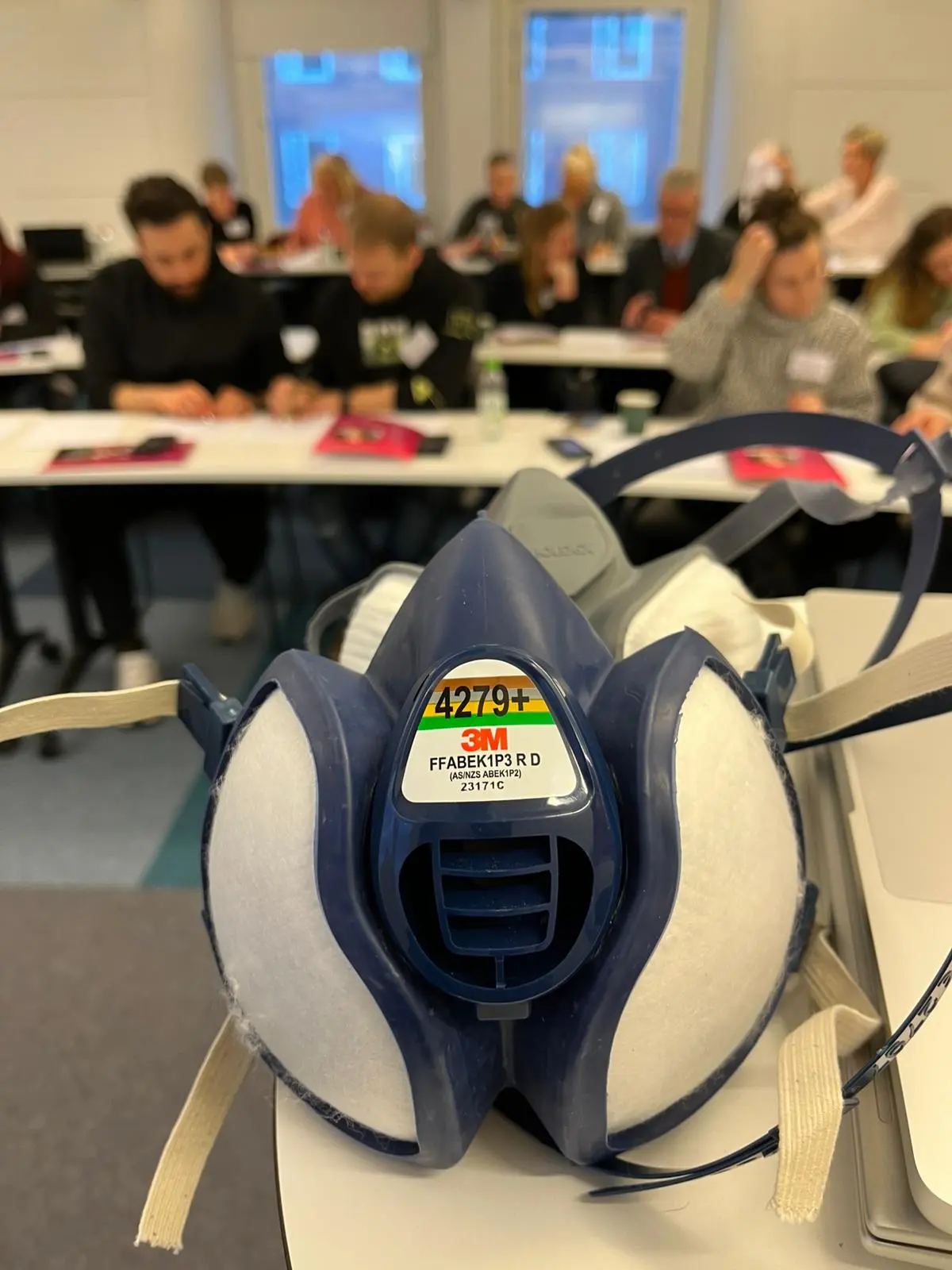A threatens to , damaging crops and native forests as well as our urban forest. To control its spread, the Western Australian government is . But these losses may be in vain.
Authors
Theo Evans
Associate Professor, The University of Western Australia
Bruce Webber
Principal Research Scientist, CSIRO
Originally from southeast Asia, the polyphagous (meaning “many-eating”) shot-hole borer has . It attacks , including such as apple, avocado, macadamia and mango. , such as ash, elms and oaks are not safe either. And with every new country it invades, it threatens an increasingly large number of native trees.
Australia plans to . But the borer has been eradicated only once – in – demonstrating the difficulty of eradication from larger agricultural and natural ecosystems.
To achieve this worthy but difficult goal, everyone will need to work together. We need a wide range of experts to fully evaluate all available control methods, and consider the most appropriate time frame for eradication. Understanding the impacts of both the pest and its management will ensure we get the best possible outcomes in both the short and long term.
The nature of the beast(s)
The borer probably arrived in Australia as a stowaway with and remained undetected until August 2021, when a noticed unusual holes in her backyard maple trees. Now in 25 councils are affected. Fortunately, the pest has not yet been detected outside the Perth metropolitan area.
The borer attacks so many tree species because it has an accomplice, in the . The two live in a mutually dependent “symbiotic” relationship.
The borer creates a Swiss cheese-like matrix of tunnels through the wood. The fungus feeds on the wood lining the tunnels as it grows, and the borer eats the fungus.
The tunnels weaken the structure of the wood, but tree death occurs when the fungus invades and blocks the .
The borer’s small size likely limits its natural rate of spread, however we . There is a risk of human-assisted spread over long distances as the borer can survive in . To make matters worse, a single female borer can .
Responding to the threat in Australia
The threat to Australia can be estimated from the experience in other invaded locations. As in Perth, the invasion usually begins in cities, then spreads into the surrounding countryside, attacking horticulture and forests, including and and . This overseas experience has informed models of .
But local effects are hard to predict. Figs and eucalypts not susceptible in , yet .
The has allocated A$41 million to eradicate the borer. This funding was based on an assessment of what it should cost. But there is only a short window of opportunity to effectively deploy these resources to achieve eradication.
The response includes trapping and surveillance to determine the spread of the pest. More than have been inspected and some 3,000 traps laid.
These traps catch flying beetles, which fly just once in their lives, so there’s a low catch probability. This makes it hard to detect false negatives, when no beetles are trapped but there are beetles in the area. This can be improved with alternative and .
When infested trees are found in WA, the response is ““. This could mean hundreds of trees at popular public locations such as will be felled and chipped.
Continuing with the one control method, felling trees, will leave us with fewer trees, particularly if the eradication campaign runs for many years. Reduction of the , and .
The flow-on consequences could mean even and poorer .
Urban trees are also valued for their beauty, shade and habitat for animals. All these benefits can be assigned a if intrinsic or cultural value could be included.
Waging war on the shot-hole borer
Although felling and chipping entire trees is necessary, there are . Alternatives may include removing and chipping , which may be more , to , and or spraying . In California, traps were developed into an to tackle the borer in avocado orchards.
While a rapid response is crucial for eradication, we need to keep improving on this, using the most effective methods available. Relevant solutions from around the world suggest , beyond Perth, would be beneficial.
It is unclear what has been learned so far from efforts in WA. Is it still ? We need more experts to evaluate and advise on the response as it continues.
Making the right response choices will be crucial. Just consider other threatening invaders such as the , the honey bee , and .
As the borer has only been detected in Perth, the window of opportunity is open now. Let’s make sure we have the best plan of attack so we can achieve eradication.
Australians pride themselves on working together to get things done. If we can bring everyone together to rapidly tackle this insect invasion, the whole nation will benefit.
![]()
The authors do not work for, consult, own shares in or receive funding from any company or organisation that would benefit from this article, and have disclosed no relevant affiliations beyond their academic appointment.






